HULK Metal will continuously update the dynamics of the metal products industry, to support your decision-making.

Hulk Metal News
Share what's new
Does the operation of wire grips conflict with oil lubrication?

In the process of power construction, there are many kinds of tools involved, among which the wire grip is one of the indispensable and important tools. The wire gripper not only plays a key role in the construction and maintenance of overhead power lines but also in the operation of the entire power system. As a professional tool, it has multiple uses and categories and is suitable for different operation needs. The following will introduce and expand the wire gripper from three aspects: the type, usage method, lubrication, and anti-rust maintenance, to show the importance of the wire grip in power construction and the professionalism of its use.Click on the link.
Types of wire grips
Wire grips are widely used in the construction and maintenance of overhead lines of power, telecommunications, and railway electrification. Especially when adjusting sag, tightening conductors, and other similar operations, the function of wire grips is crucial. Due to the differences in different construction environments and operation requirements, wire grips are designed into multiple categories to meet the needs of various conductors and construction conditions.
Common types of wire grips
Aluminum alloy wire grip:
This type of wire grip is mainly used to grasp aluminum alloy conductors. It is light and durable and suitable for general power construction occasions.
Insulated wire grip:
Insulated wire grip is designed for gripping wires with an insulation layer, ensuring that the insulation layer of the wire is not damaged during the construction process.
Steel strand grip:
This type of grip is particularly suitable for gripping steel strands and is usually used in line construction that requires higher strength, ensuring reliable gripping force under high load conditions.
Ground wire grip:
It is used to grip ground wires and plays a key role in the construction of grounding devices in power systems.
Single-pole grip:
This type of grip has a simple structure and is suitable for gripping a single wire, as well as simple line adjustment tasks.
Double-pole grip:
Compared with the single-pole grip, the double-pole grip can grip two wires at the same time, suitable for occasions where multiple wires need to be adjusted at the same time.
Frog grip:
The frog grip has strong adaptability and can be used for different types of wires, especially for complex construction environments.
Anti-twist wire rope grip:
This type of grip is designed for anti-twist wire ropes and is usually used in operations that need to prevent the wire from twisting to ensure the stability of the wire.
Each wire grip has its own unique design and function to meet different construction needs. Therefore, choosing a suitable wire grip can not only improve construction efficiency but also ensure the safety and reliability of the operation.
How to use a wire grip
In power construction, the correct use of the wire grip is crucial. Its main function is to fix the wire in the jaws through a mechanical structure to prevent the wire from falling off or moving during construction.
Steps to use a wire grip
Choose a suitable wire grip:
According to the material, specification, and operation requirements of the wire, choose a matching wire grip to ensure that the wire grip can firmly grasp the wire.
Fix the wire:
Place the wire in the jaws that are opened after pushing the handle open, and adjust the position of the wire so that it is in the center area of the jaws to ensure maximum gripping force.
Release the handle:
After releasing the handle, the jaws will automatically tighten and firmly fix the wire in the wire grip. At this time, the longitudinal groove structure in the jaws will increase the friction to prevent the wire from sliding during operation.
Carry out construction operations:
After the wire is fixed, the next operation can be carried out, such as adjusting the sag, tightening the wire or other power construction tasks. The wire grip will ensure that the wire remains stable during the construction process and will not move or loosen due to external forces.
The design of the wire grip enables it to provide efficient and reliable gripping force in various complex power operations, ensuring the safety and efficiency of power construction. The correct use of the wire grip can not only improve the quality of the operation but also reduce the occurrence of accidents.
Lubrication and anti-rust maintenance
In the daily maintenance of the wire grip, lubrication and anti-rust are two important links. However, the handling of these two requires special attention because the working principle of the wire clamp is closely related to friction.
Contradiction between lubrication and friction:
The wire grip realizes the gripping function through the friction between its jaws and the wire. Although applying lubricating oil can prevent the wire grip from rusting, it will also reduce friction and affect the gripping effect of the wire grip. Therefore, it is generally not recommended to apply lubricating oil during the use of the wire grip. However, this does not mean that the lubrication problem can be completely ignored in the daily maintenance of the wire grip.
Importance of rust prevention:
As a metal tool, the wire grip is easily rusted when exposed to the air for a long time, especially in a humid environment. Therefore, rust prevention is essential. At present, applying anti-rust grease is the most common anti-rust method. During the long period of idleness of the wire grip, an appropriate amount of anti-rust grease can be applied to protect the metal surface of the wire grip and prevent rust.
Reasonable lubrication and anti-rust strategy:
A few days before the wire grip is about to be put into use, the grease can be properly removed to ensure that the wire grip has sufficient friction during use to achieve a reliable gripping effect. After the construction is completed, if the wire grip will not be used for a long time, the anti-rust grease can be reapplied. This practice can not only ensure that the wire grip is not affected by the lubricating oil during use but also effectively extend its service life and avoid rust.
Why choose HULK Metal as your wire grip supplier?
Choose us as your wire grip supplier, you will get excellent products and professional service support. Our company specializes in the manufacture of wire grips and has accumulated rich industry experience and technical expertise over the years. Our wire grip products use high-quality materials and advanced production processes to ensure that each product meets strict quality standards. We have an experienced engineering team that can provide customized solutions according to customers' special needs to ensure the suitability and reliability of the products.
As an indispensable tool in power construction, the importance of the wire grip is self-evident. From type selection to correct use, to maintenance, every link needs to strictly follow professional operating specifications. This not only ensures the smooth progress of the construction but also effectively guarantees the safety of the operator. Through in-depth understanding and reasonable application of wire clamps, power construction will be more efficient and safer, and the service life of equipment will be effectively extended.
Article Navigation
Article Navigation
Industries
Forging Factory
-
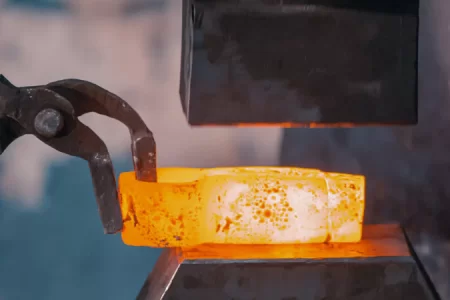 012024.07Difference between hot forging and cold forging
012024.07Difference between hot forging and cold forging -
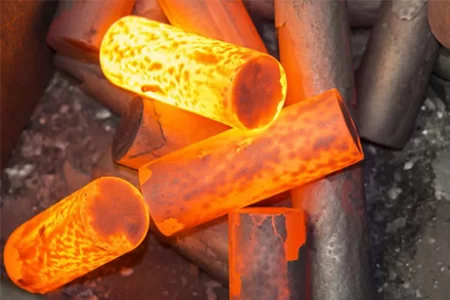 272024.06What are the advantages and disadvantages of the hot forging process?
272024.06What are the advantages and disadvantages of the hot forging process? -
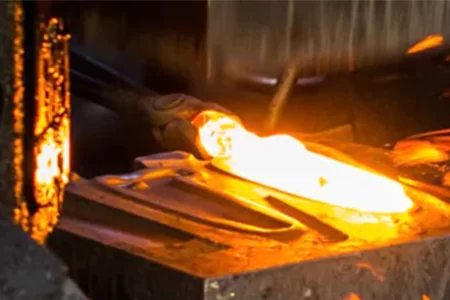 182024.01Forging: What Is It? What Are The Different Types of Hot Forging?
182024.01Forging: What Is It? What Are The Different Types of Hot Forging? -
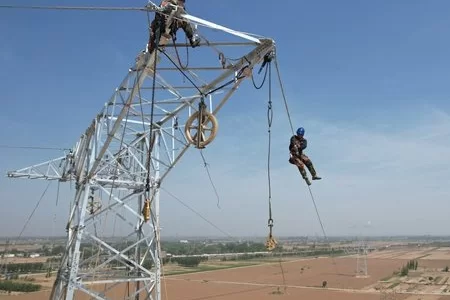 252024.07How to Choose the Perfect Cable Grips for Your Needs?
252024.07How to Choose the Perfect Cable Grips for Your Needs? -
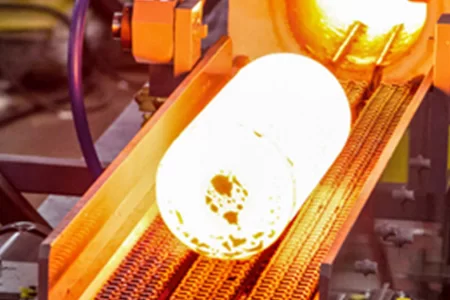 032024.07What are the processes of hot forging?
032024.07What are the processes of hot forging?


